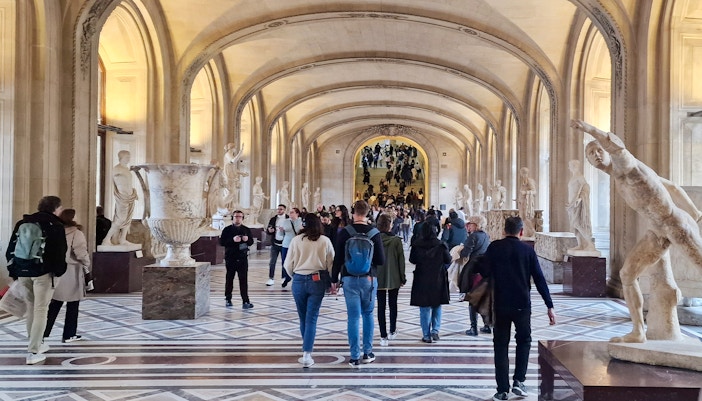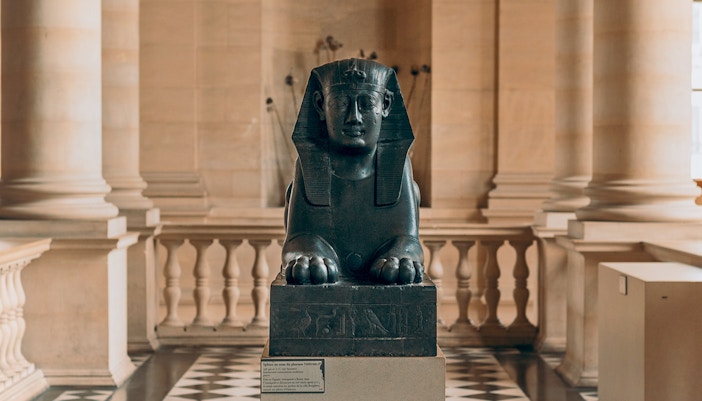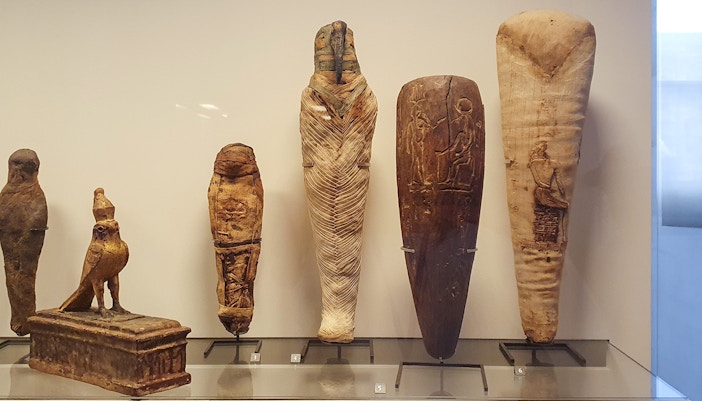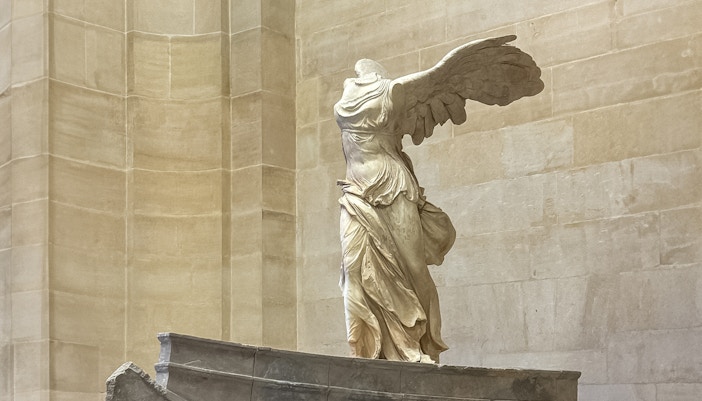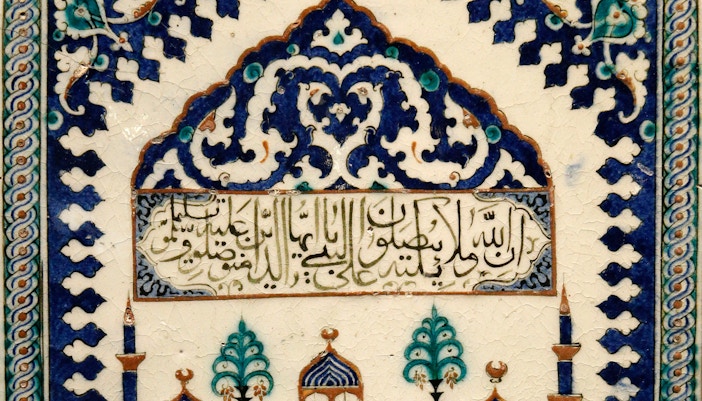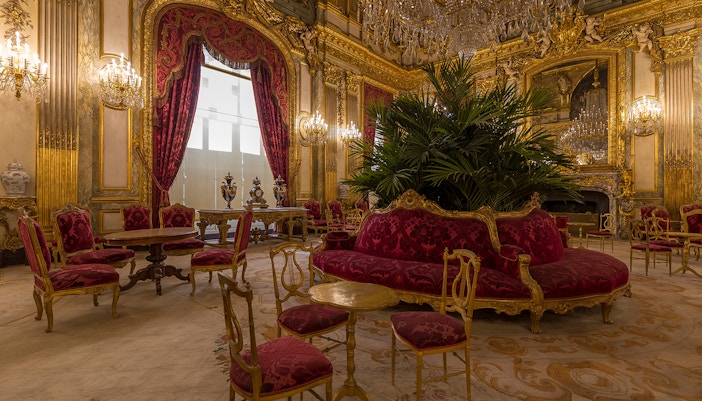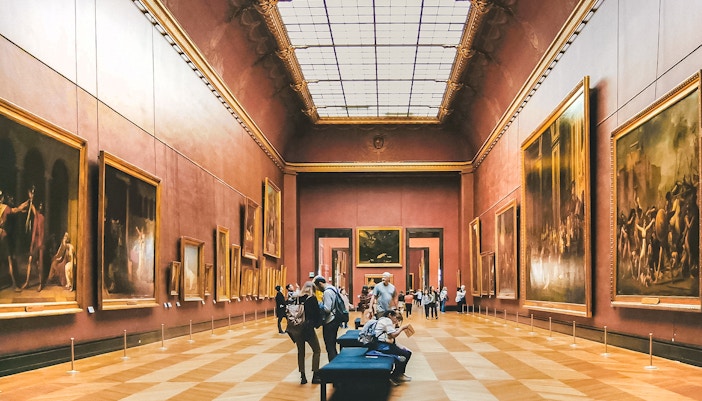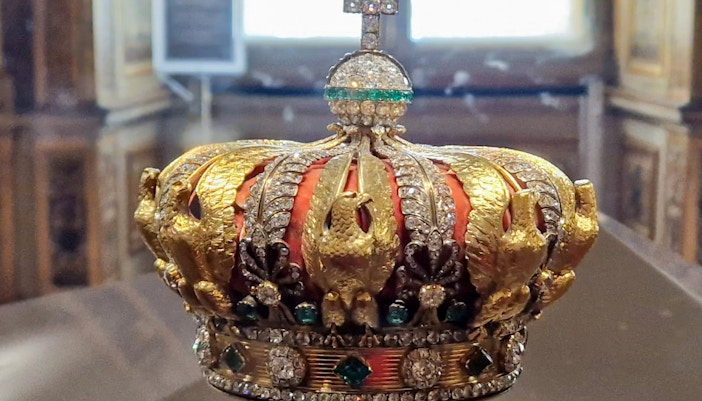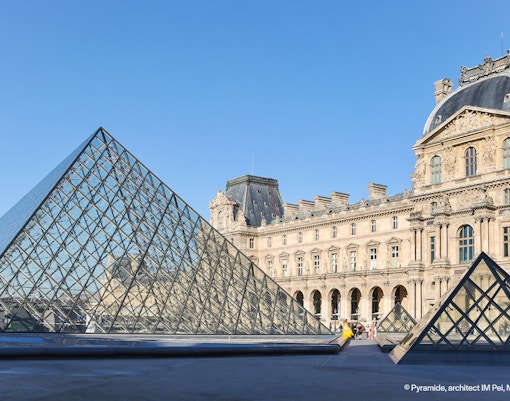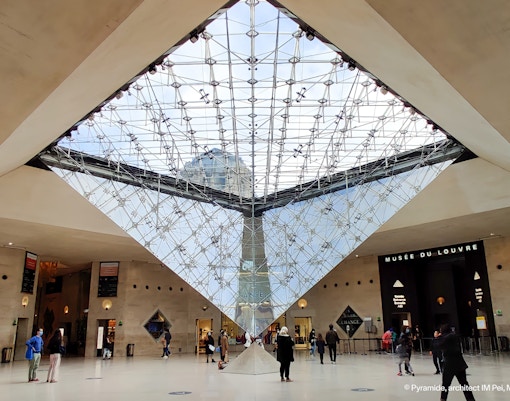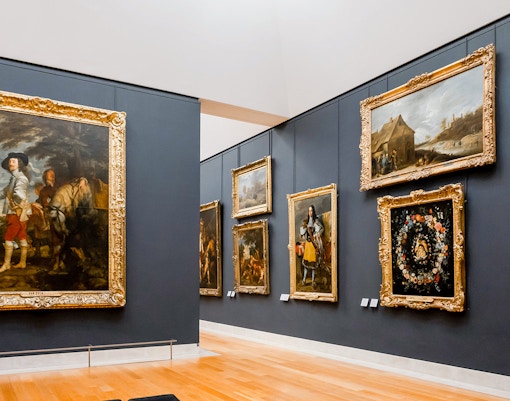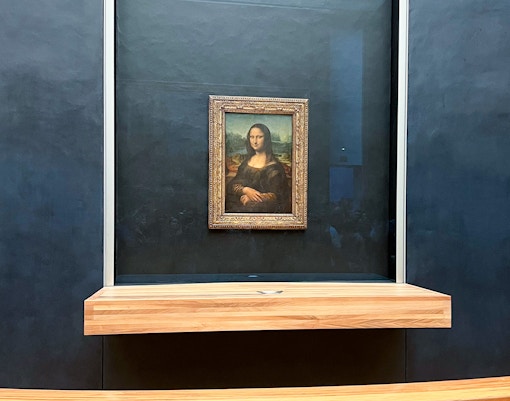The Paintings Department of the Louvre Museum is unique in that it only displays works created before 1848, with a few exceptions. European paintings from the 13th to the 19th centuries are featured in this collection. The Grand Gallery is another well-known gallery filled with magnificent paintings that should not be overlooked.
Find them here:
- 1st floor of the Denon wing
- 2nd floor of the Richelieu and Sully wings

